The island of Java, with its rich cultural heritage, historic vestiges, natural beauty and friendly locals, is a microcosm of Indonesia’s vast and varied allure. From ancient temples to lush landscapes, it is a fascinating travel destination with a rich tapestry of experiences on offer.
Central Java stands out as an exceptional alternative for those seeking to avoid the typical tourist crowds, offering a more intimate glimpse into the ‘real Indonesia’.
Through EXO’s local knowledge and curated experiences, guests are immersed into the island’s vibrant culture and daily life, far from the mainstream tourist trails.
The opportunities for more authentic and enriching experiences are a key reason why Java is a favourite of EXOs.
After a recent inspection by four members of EXO Indonesia, we are sharing our highlights and insight into this captivating region.


‘Yogyakarta has such a cool mix of traditional Javanese culture and history – with sites like Keraton Sultan Palace and Taman Sari water palace- and a modern, young vibe.‘
Yogyakarta: Java’s cultural heart
Yogyakarta, often referred to as Jogja, is a city of significant historical and cultural importance in Indonesia. It’s renowned for its traditional arts and heritage, embodying Javanese culture at its most refined.
The city’s unique charm lies in its blend of modernity and tradition, with bustling streets and markets set against a backdrop of ancient ruins and palaces.
Camille, Regional Product Manager, remarked, ‘I love Jogja! It has such a cool mix of traditional Javanese culture and history – with sites like Keraton Sultan Palace and Taman Sari water palace- and a modern, young vibe. There is street art everywhere, young crowds going out, Malioboro Street and the family-friendly Alun Alun Park.’
She adds, ‘I would recommend EXO’s fun street food tour by night to anyone visiting Jogja!’

‘The weather is fresh, giving mountain vibes that are so far from the hot Indonesia we know! Once at the top, I found a huge rock – from there I felt like it was just me floating with the sun and the mountains.’
Volcanic landscapes
Java’s spine is formed by a string of active and dormant volcanoes, creating dramatic landscapes that are both daunting and beautiful. While Mount Bromo, known for its stunning sunrises, and Ijen Crater, with its electric-blue flames and acidic lake, are the most renowned, EXO recommends hiking Mount Sikunir for sunrise. Located in the Dieng Plateau, the mountain receives relatively few visitors and offers panoramic views of surrounding hills, vegetable terraces and Mount Merapi, Mount Sumbing and Mount Sundoro in the distance.
For many of our team, the trek up Sikunir was a highlight of the recent inspection. Deborah, French Inbound Manager, explains, ‘It’s a whole different atmosphere there, with street vendors selling hot potatoes and hot drinks, beanies and warm jackets. The trail then goes up and the weather is fresh, giving mountain vibes that are so far from the hot Indonesia we know! Once at the top, I found a huge rock – from there I felt like it was just me floating with the sun and the mountains.’

‘I was surprised by the never ending green lush landscapes there. As soon as we left the airport, we were all amazed by the diversity of the surrounding plantations, so different from those in Bali.‘
Diverse natural beauty
Beyond its volcanic terrain, Central Java also boasts agrarian plantations, jungles and other lush landscapes for exploring. Nindya, from EXO Reservations team, remarked ‘Central Java has this huge land for farming, especially along the way in Wonosobo. As far as my eyes could see there’s only pine woods, vegetable and fruit farms and sometimes a tea garden and rice field on the streetside. It’s the most dreamy road I’ve ever crossed!’
Deborah also remarked on the varied nature of Central Java. ‘I was surprised by the never ending green lush landscapes there. As soon as we left the airport, we were all amazed by the diversity of the surrounding plantations, so different from those in Bali: ricefields, fruit plantations, coffee, tea, it’s a beautiful mix of everything that changes along with the different climates in the island.’

‘Central Java is unique because of its cultural icons, for example, Borobudur and Prambanan Temple, the Sultan’s Palace and more.‘
Historic & cultural sites
Java’s history is a captivating chronicle of kingdoms, sultanates, and colonial influences. The island is dotted with historical landmarks, with a large majority of the important monuments located in the island centre. This includes the 9th-century Borobudur Temple, a UNESCO World Heritage site and one of the world’s greatest Buddhist monuments. Not far from Borobudur lies Prambanan, a complex of towering Hindu temples, showcasing the island’s religious diversity. EXO combines visits to historic sites with village and cultural experiences, such as a horse cart tour with lunch in Candirejo Village and picking tea in the Diengo plateau.
As Dani, Inbound Supervisor, explains: ‘Central Java is unique because of its cultural icons, for example, Borobudur and Prambanan Temple, the Sultan’s Palace and more. And its arts, such as batik and shadow puppets along with the Ulen Sentalu Museum, which contains heirlooms and artefacts from Java’s royal families.’

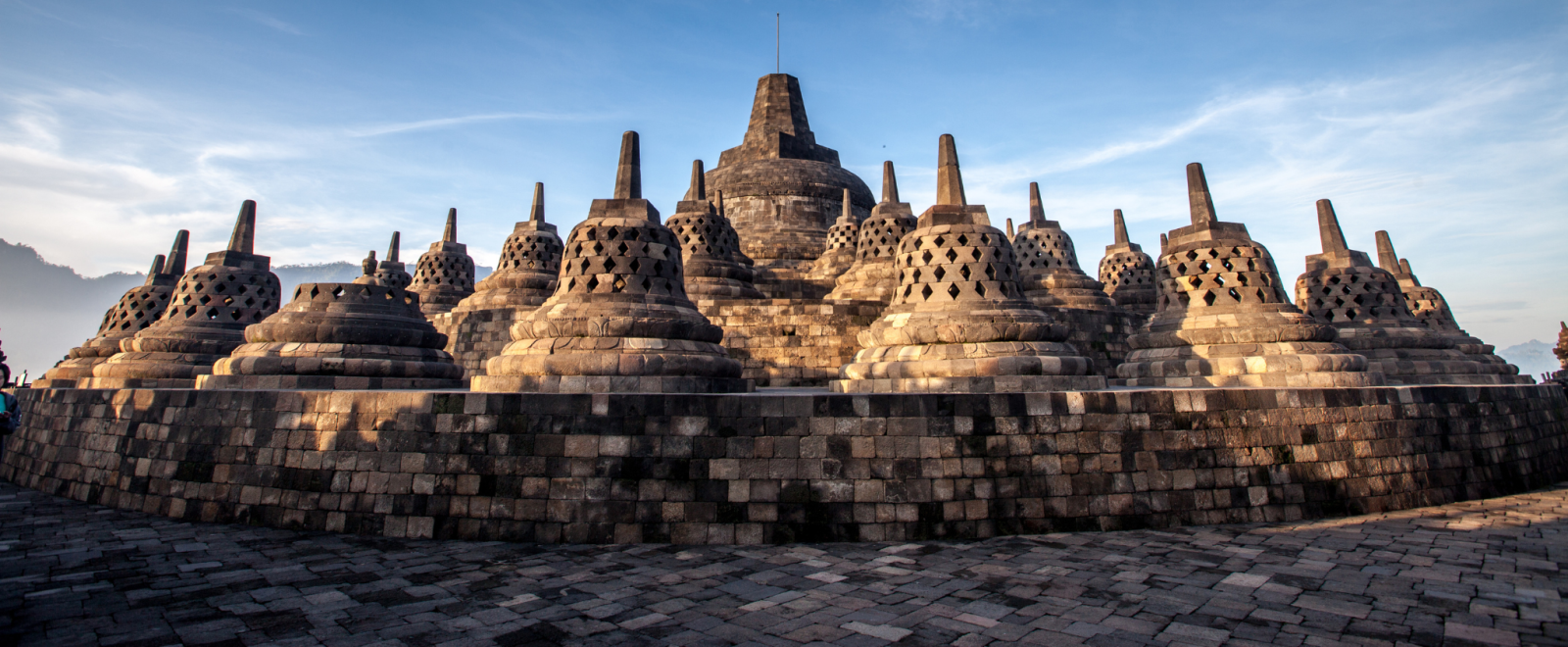
‘At a minimum, we suggest three nights in Central Java to allow time to explore Yogyakarta and Borobudur.’
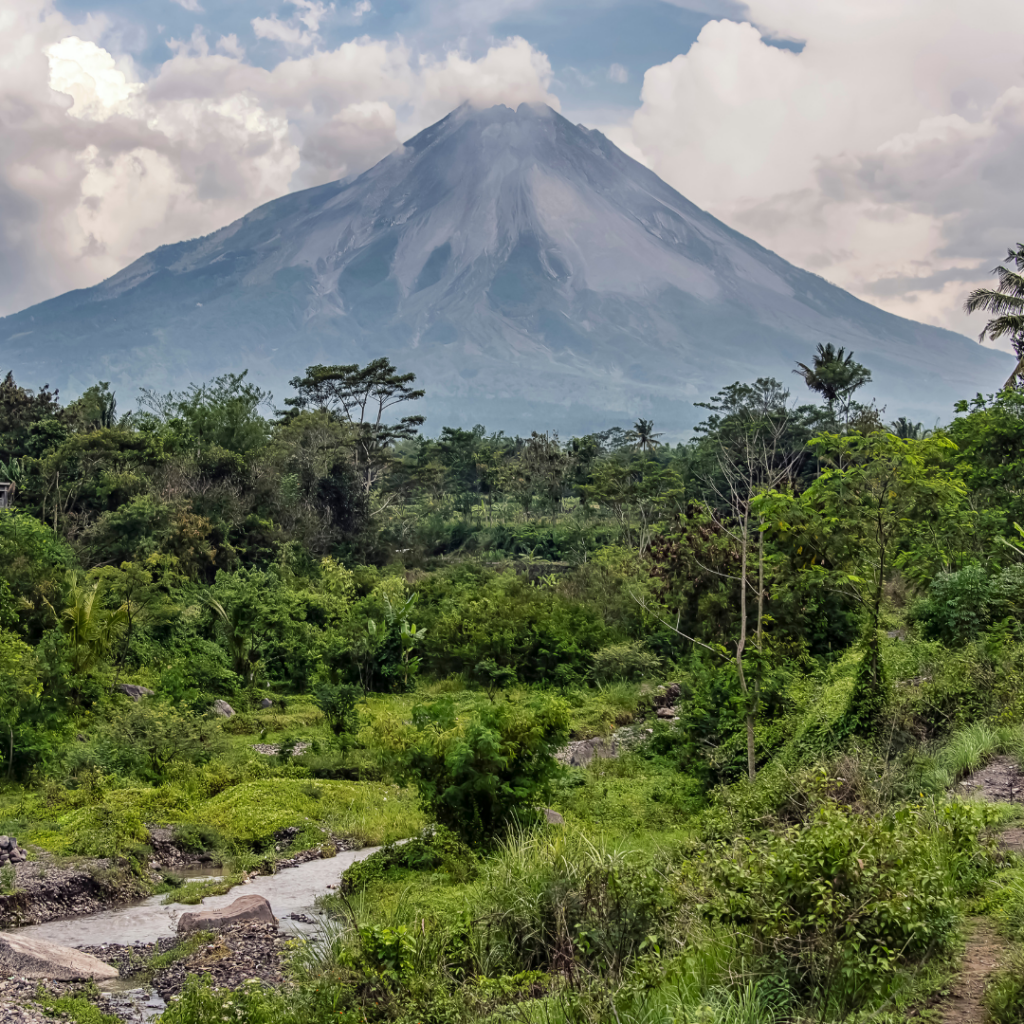
Planning a visit: Given Java’s size and diversity, one could spend months there and still not see it all! At a minimum, we suggest three nights in Central Java to allow time to explore Yogyakarta and Borobudur. Extending the trip to five nights would give more time to delve into the cultural wonders around Yogyakarta plus explore the tea plantations and mountains of the Dieng Plateau. With trips of a week or more, guests would be able to travel to Semarang on the north coast or spend time in the smaller villages that dot the region.
Weather: Central Java is marked by two seasons: dry and wet. The dry season runs from May to September. By October, the rains begin with short but intense downpours most days. The temperature remains fairly consistent throughout the year with day time highs around 26-30 C although it can be substantially cooler in the mountains, with evening temperatures dropping to 5-10 C at times.
Getting there: Yogyakarta International Airport is serviced by regular flights from Bali and other Indonesian islands as well as a few international regional cities such as Singapore and Kuala Lumpur. From Bali, guests can also take a ferry boat to eastern Java and travel overland to the Center. Alternatively, from the capital of Jakarta there are regular flights to Yogyakarta and Semarang.


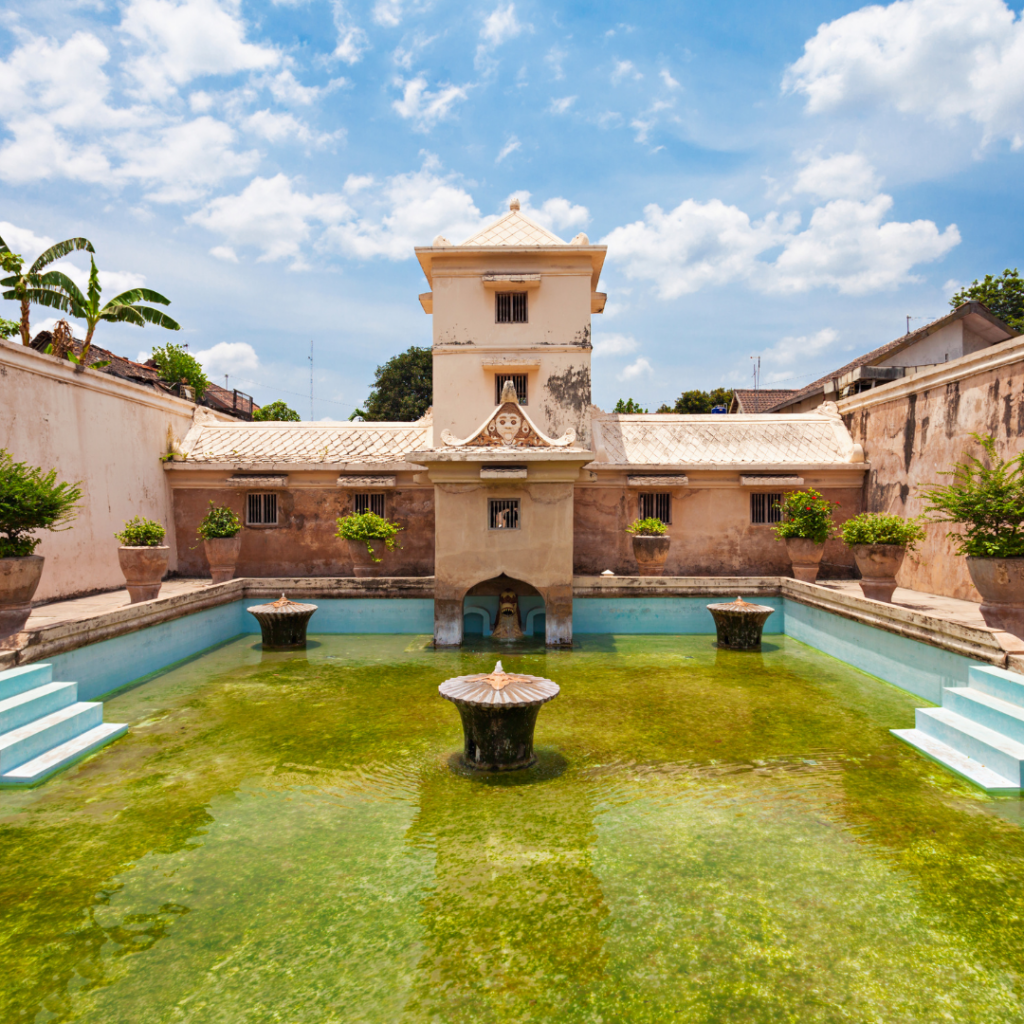
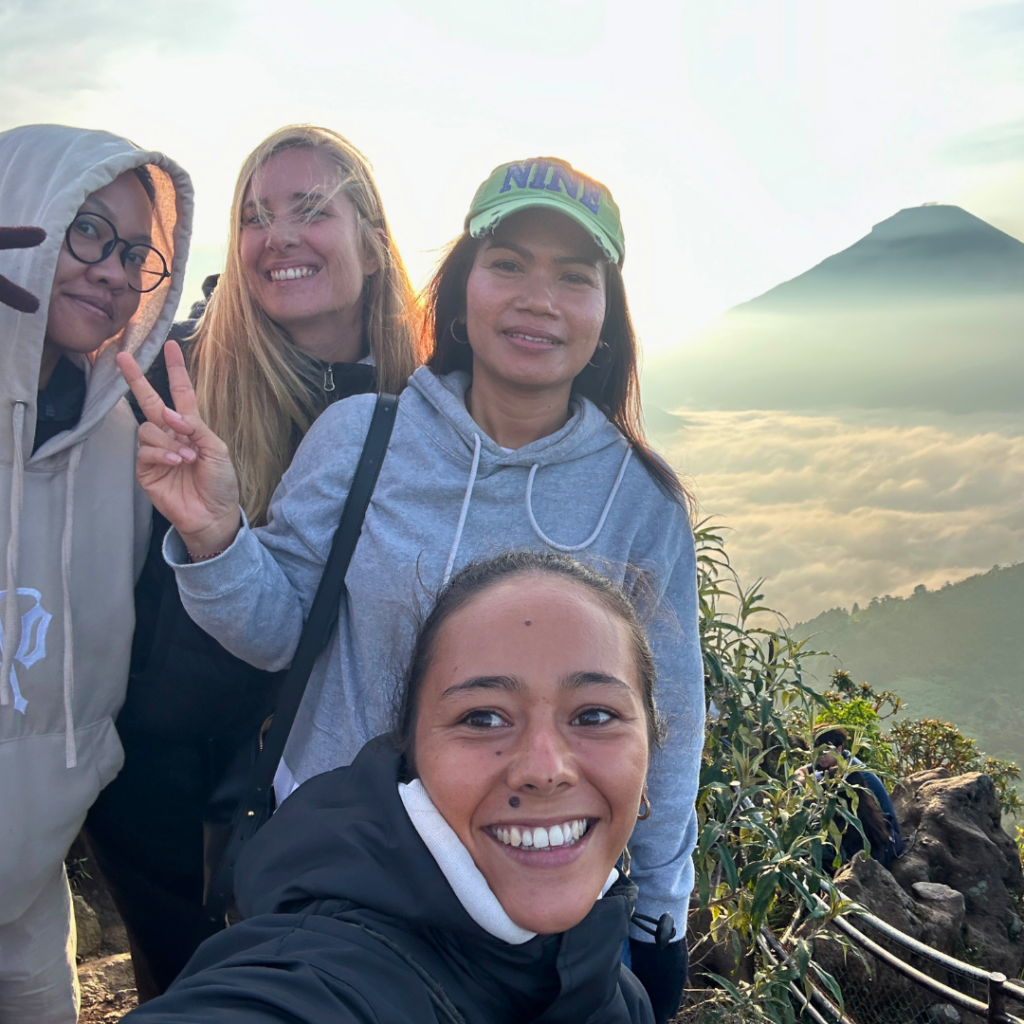
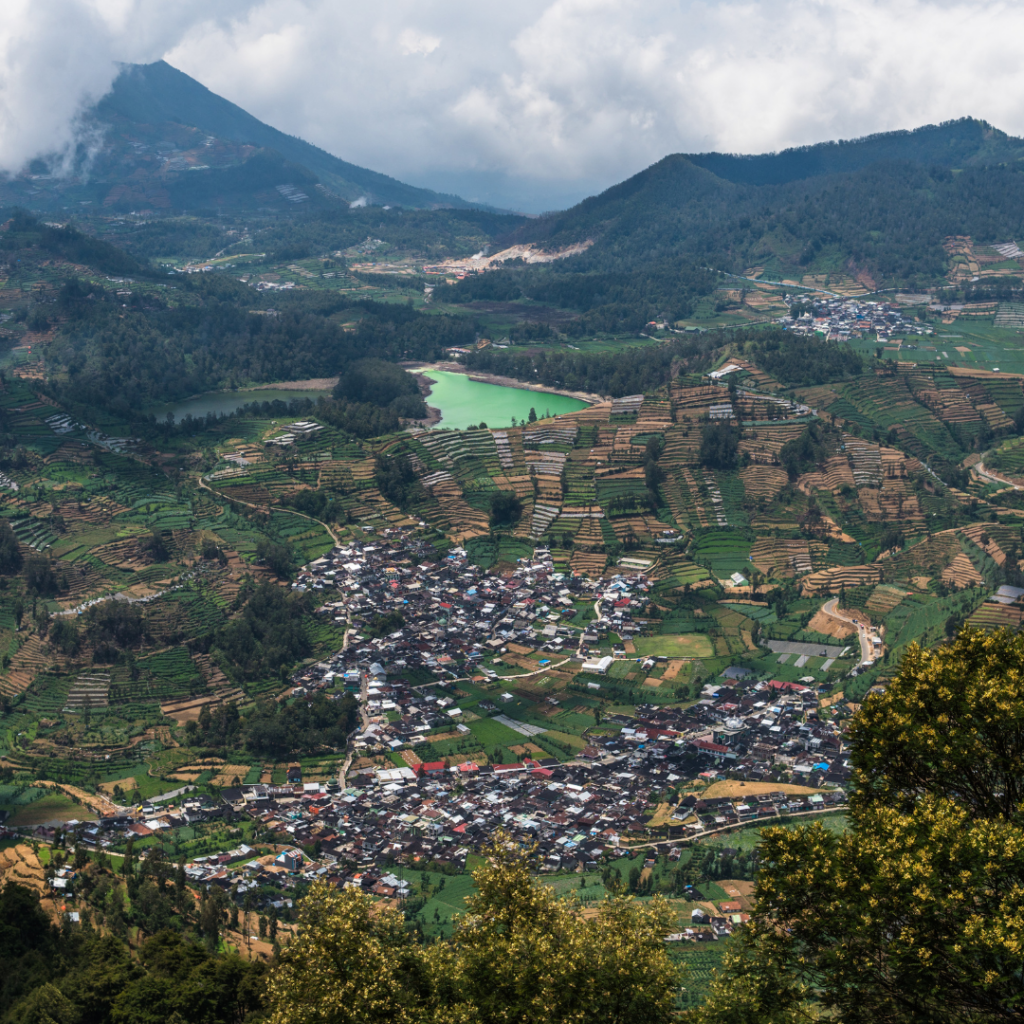
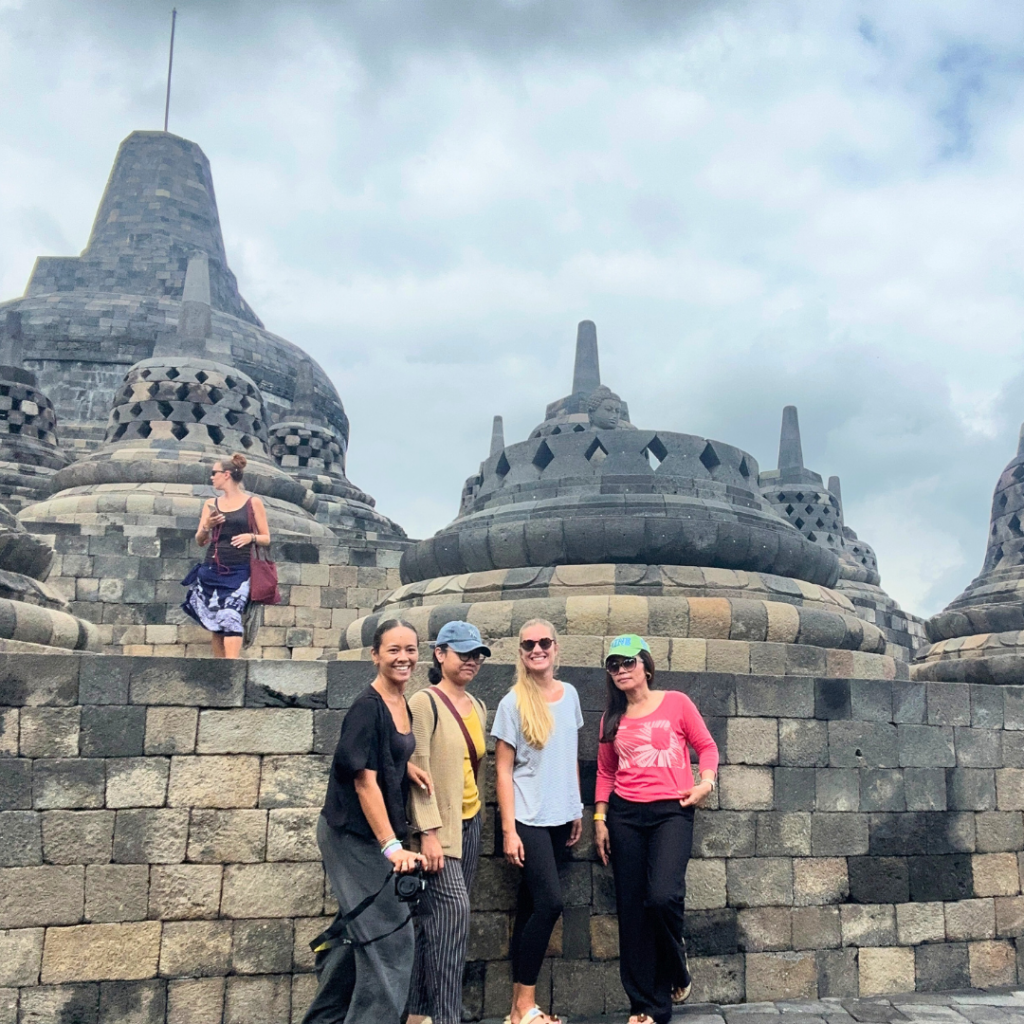

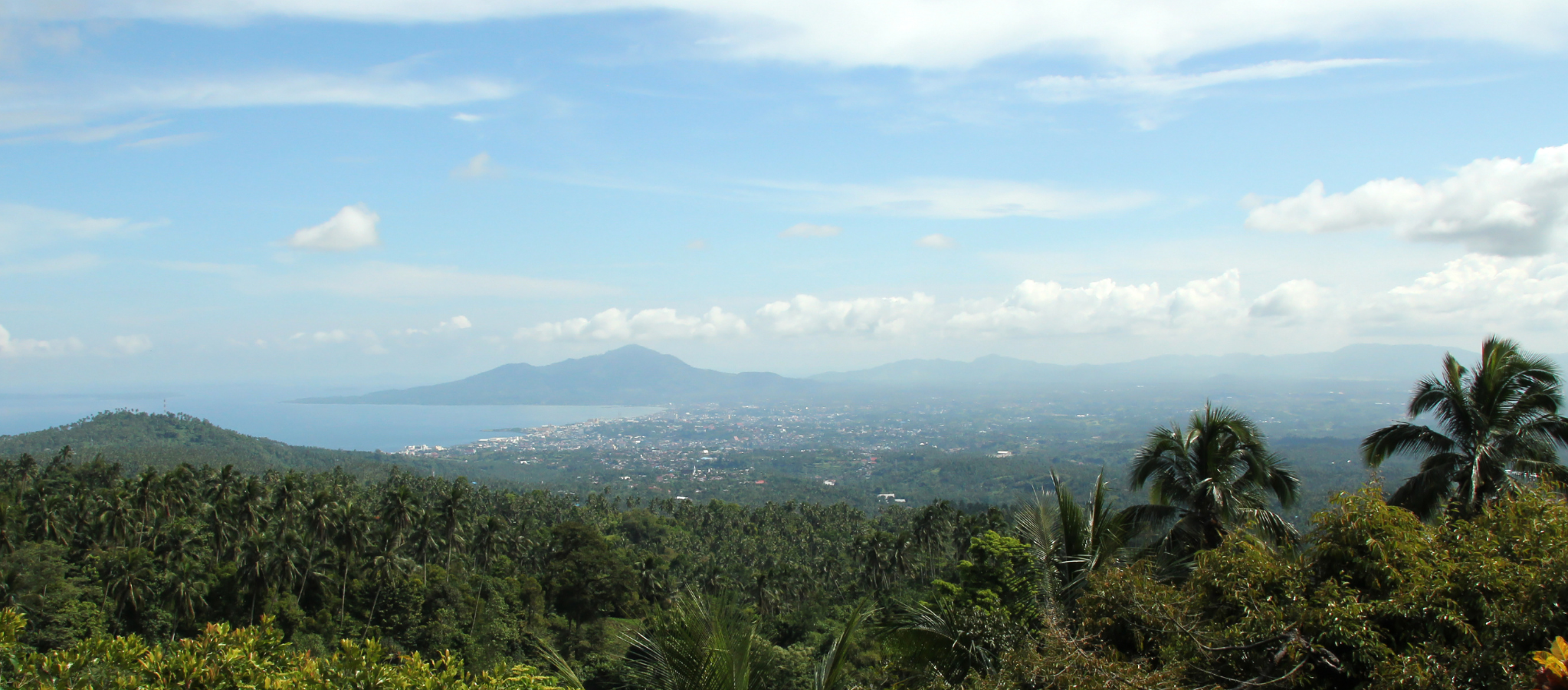 " alt="">
" alt=""> 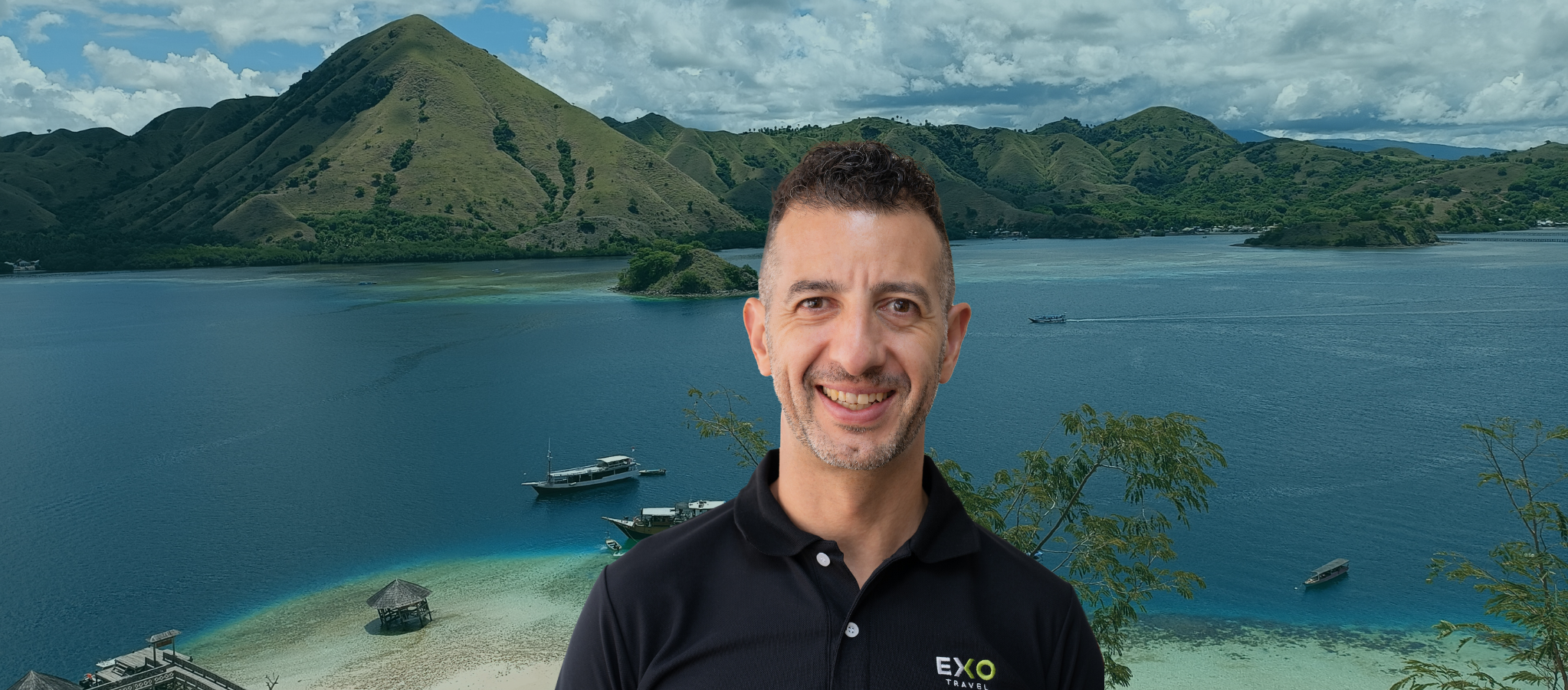 " alt="">
" alt=""> 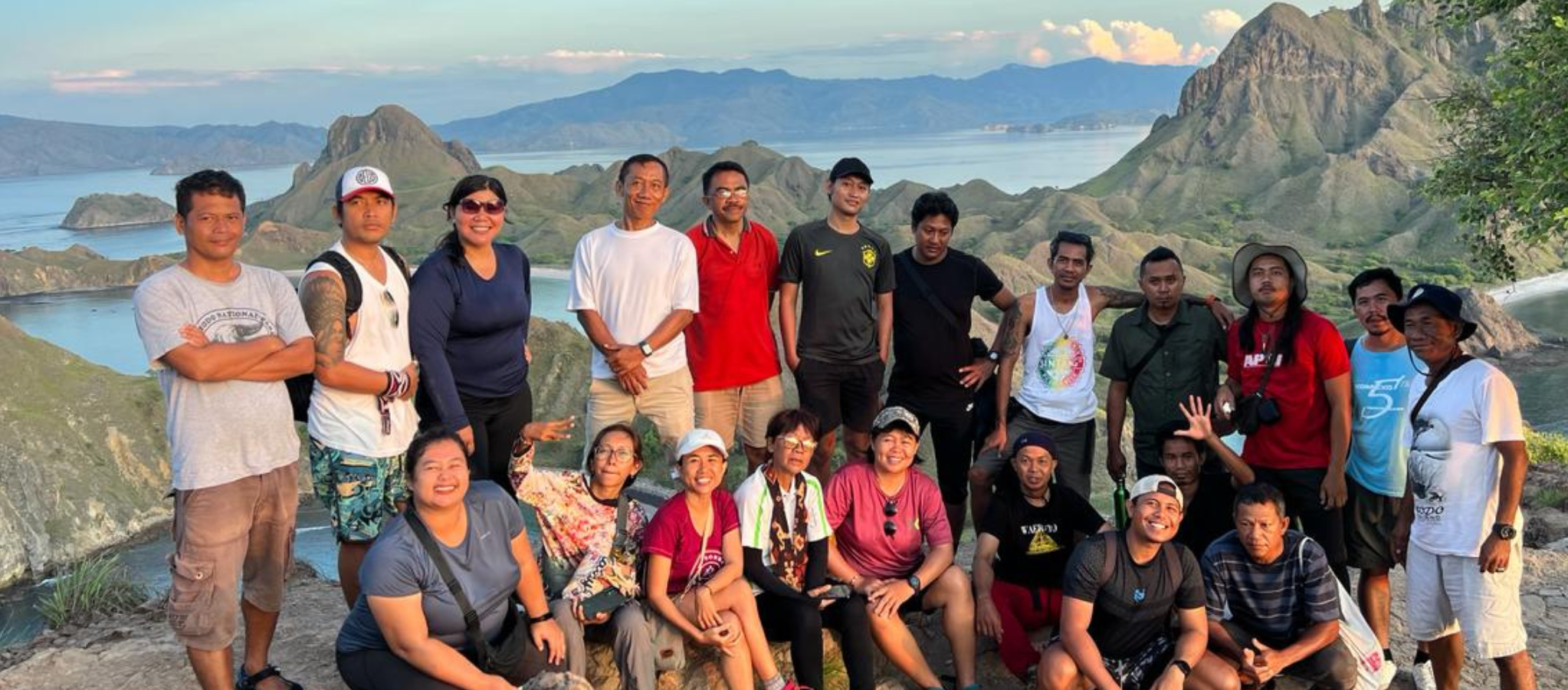 " alt="">
" alt=""> 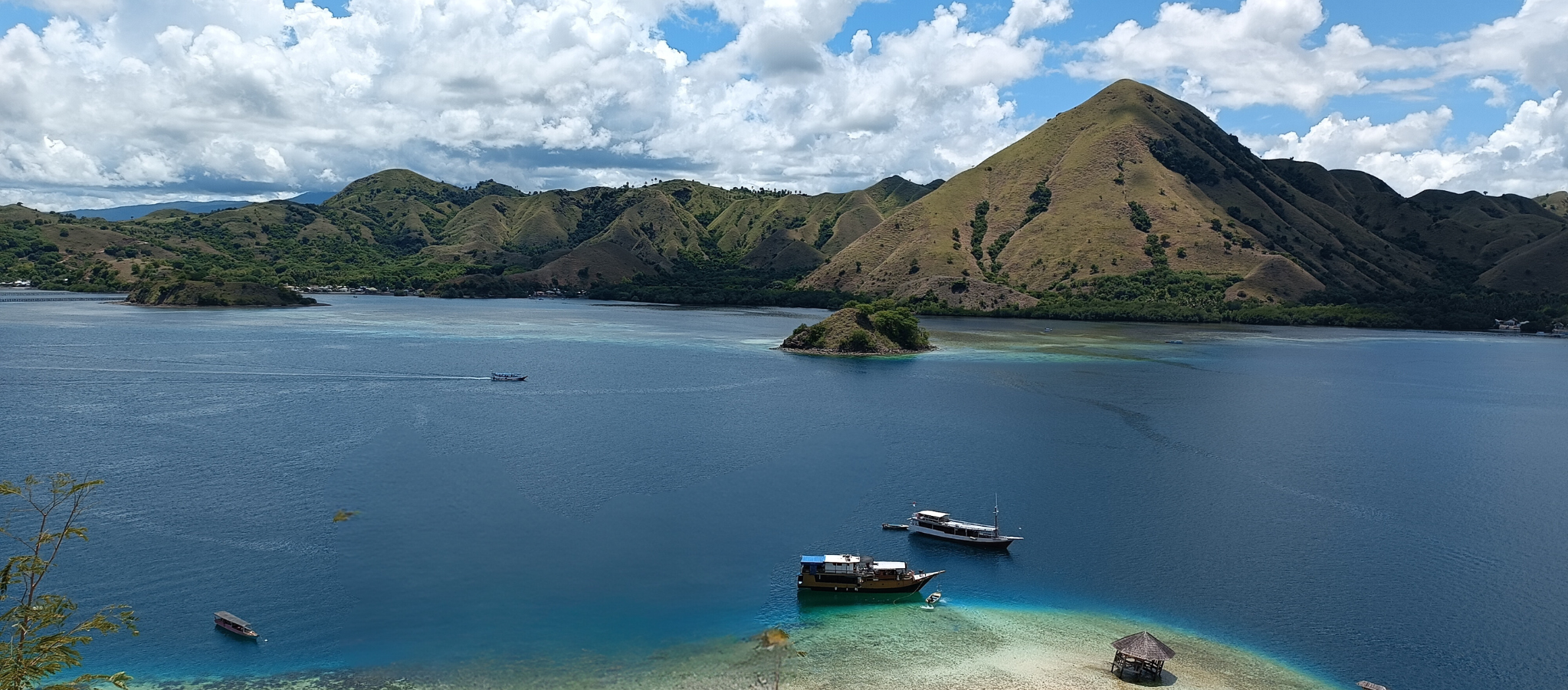 " alt="">
" alt=""> 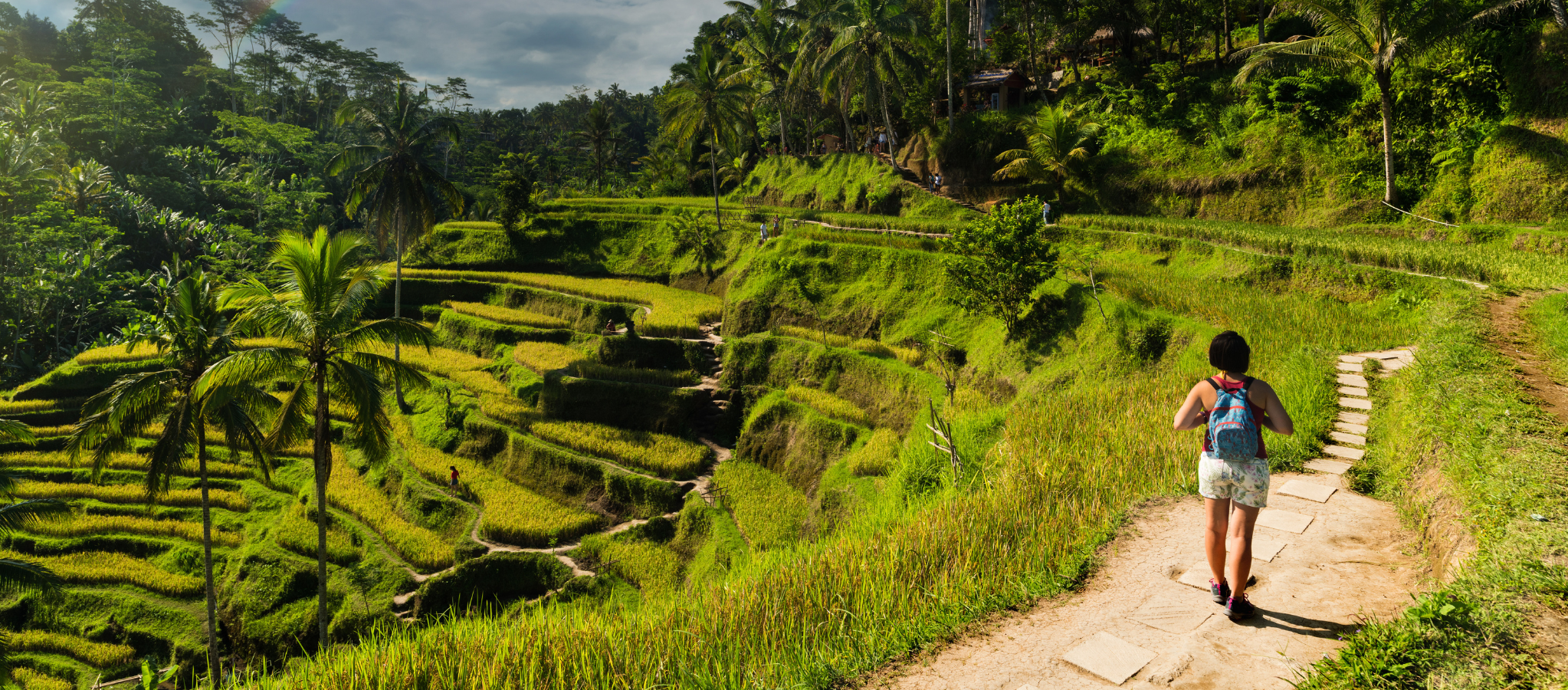 " alt="">
" alt=""> 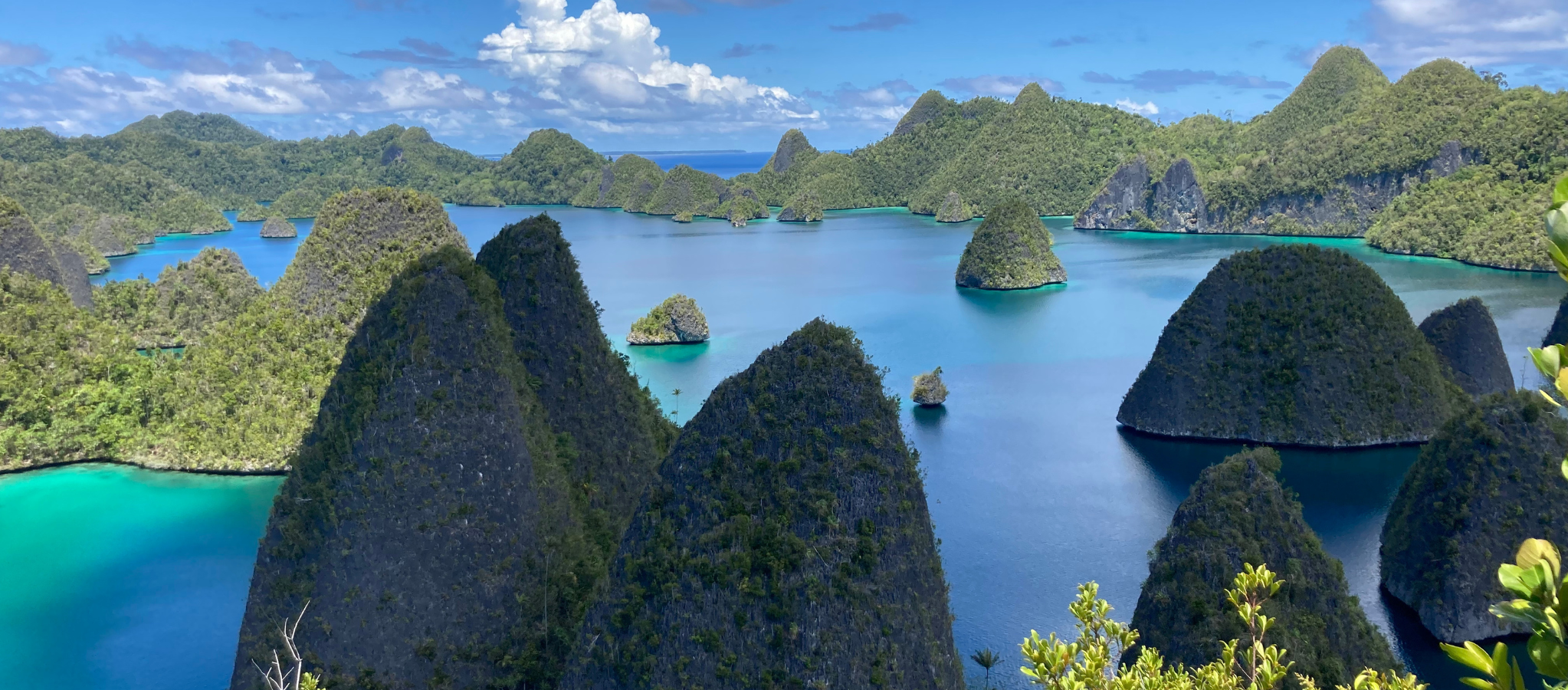 " alt="">
" alt=""> 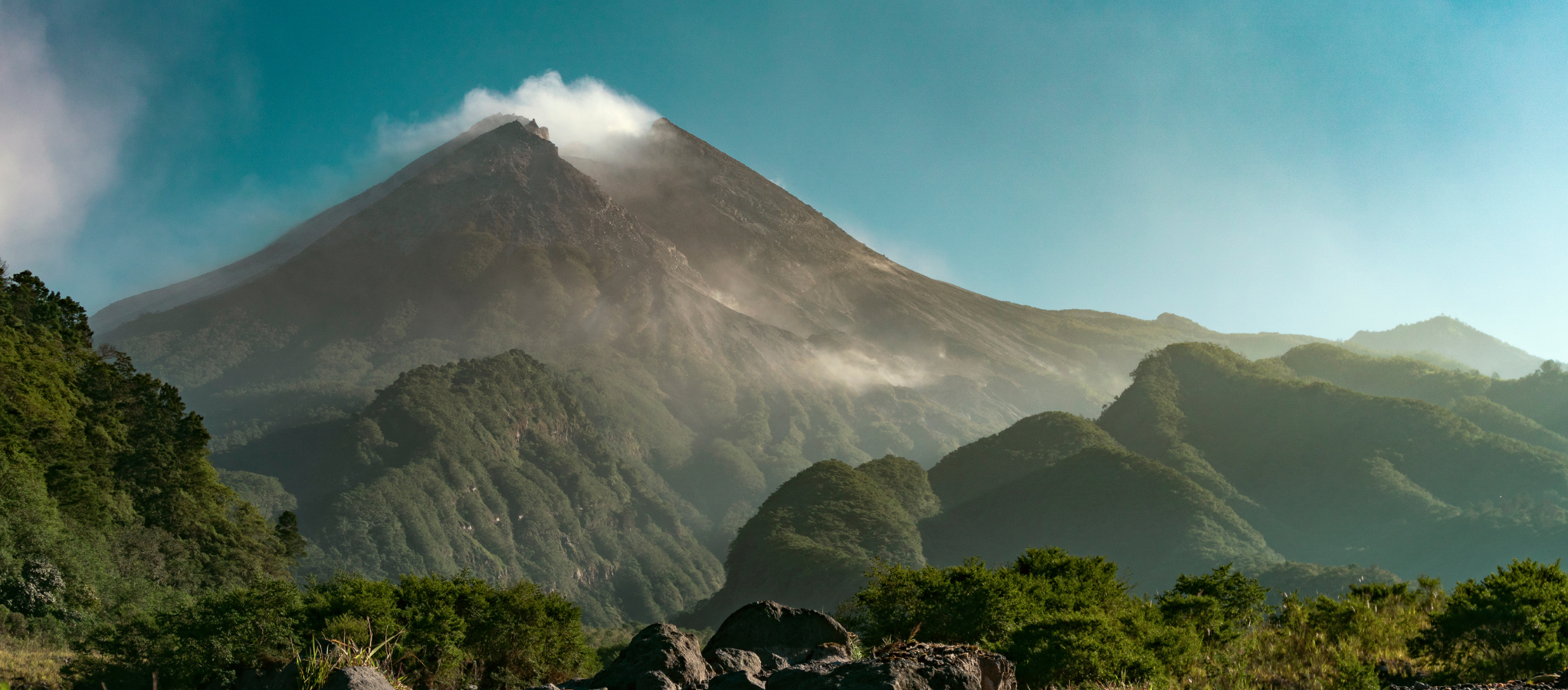 " alt="">
" alt="">  " alt="">
" alt=""> 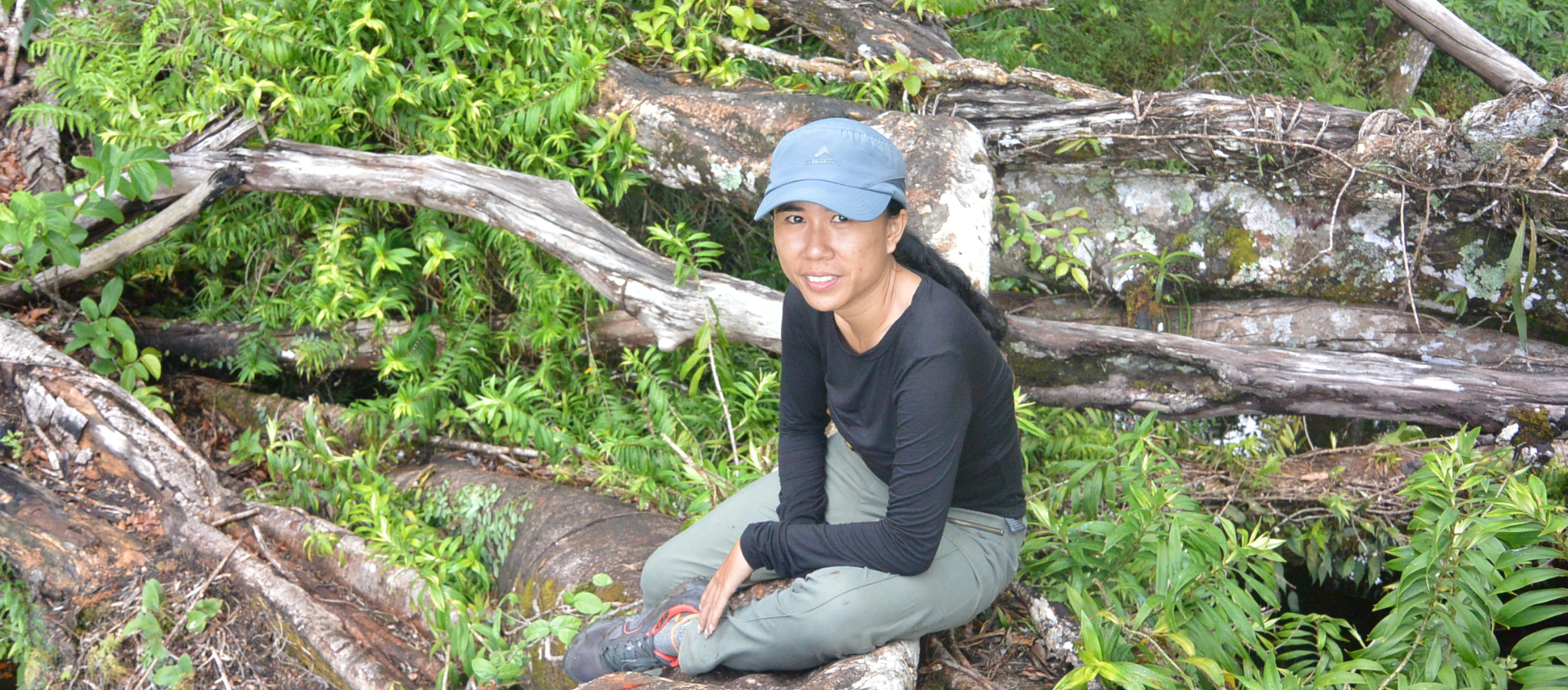 " alt="">
" alt=""> 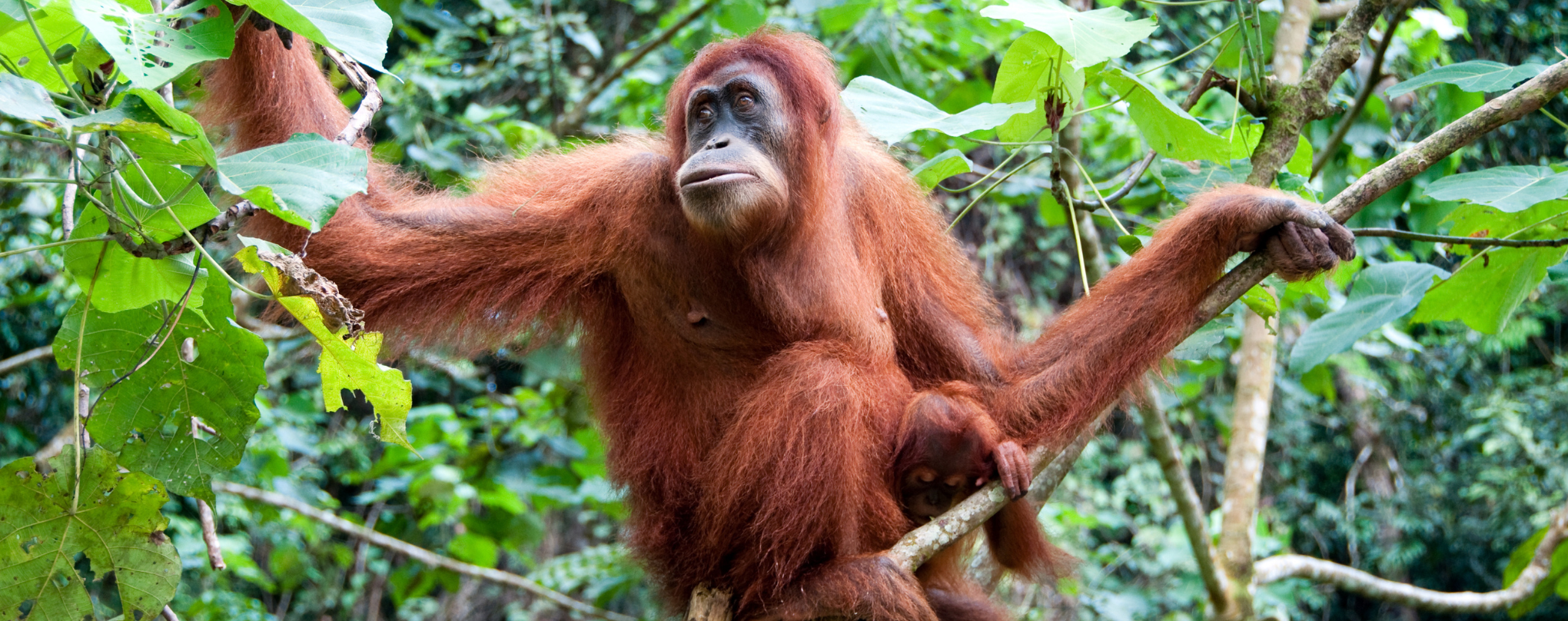 " alt="">
" alt="">